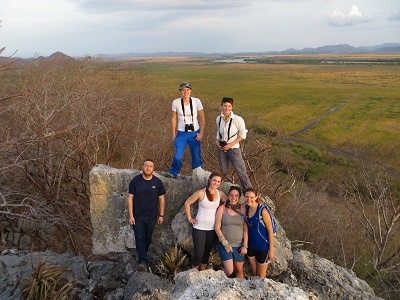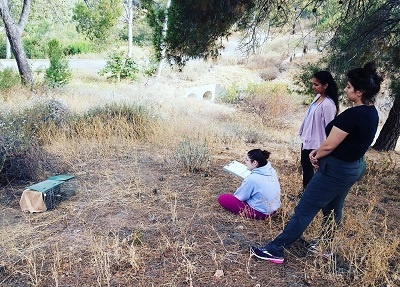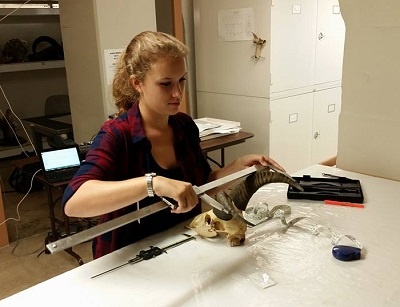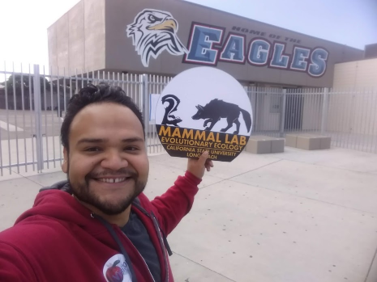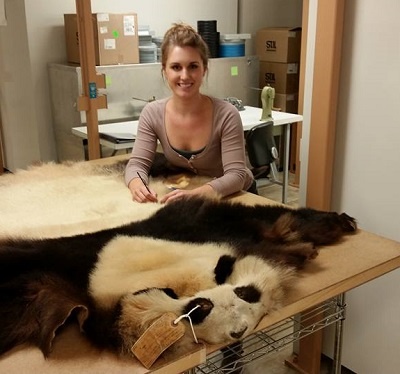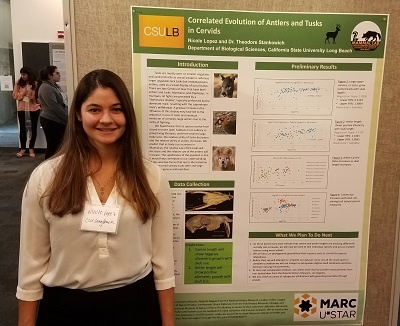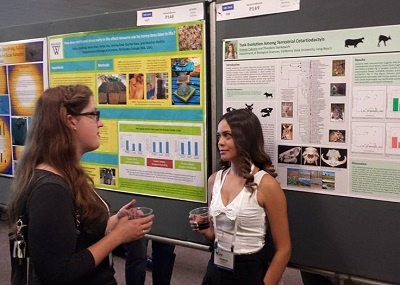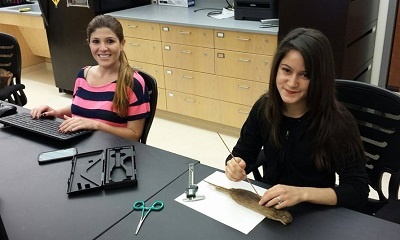Join the Mammal Lab
Graduate Positions (M.S. in Biological Sciences)
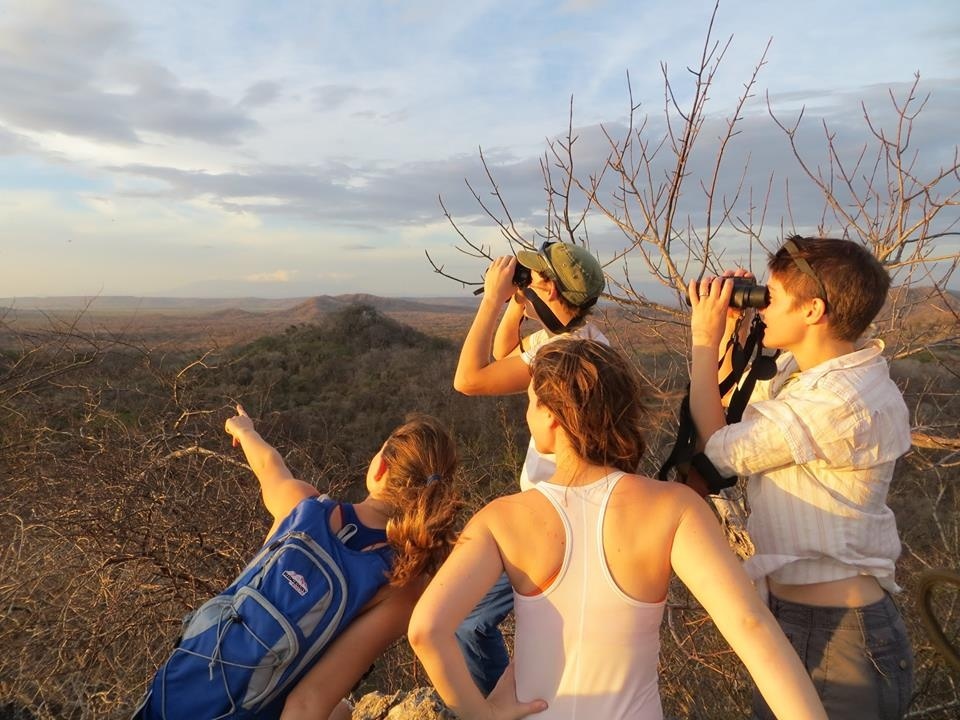
- Send Dr. Stankowich your CV (including relevant coursework, research experience, GPA, and GRE scores, if available) and an introductory email about yourself (what types of questions interest you, what you might want to do in graduate school, your past research experiences, why you want to join the lab).
- If there are positions available, you will be asked to write 3 1-paragraph proposals (1 page total) with ideas of what you would do in the lab.
- Dr. Stankowich will provide feedback and you will then select one proposal to develop into a full 1-page proposal.
- You may be invited to do a Skype interview with Dr. Stankowich in December or January.
- If you are offered sponsorship in the lab, complete both the Departmental and University Graduate Applications - Departmental Graduate Instructions
If you haven't contacted Dr. Stankowich by mid-January, it's likely too late to get admitted to the lab for the upcoming cycle. Remember, first impressions are important! Be thoughtful in your communications. Demand is usually high and we typically only accept 1-2 new M.S. students per cycle.
Undergraduate Positions
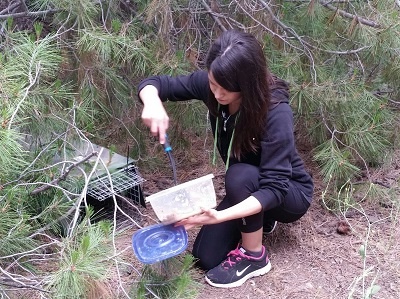
We give preference to sophomores and juniors but will certainly consider senior students with a year or more left before graduation, and students must be willing to commit multiple semesters/years to research. If you are interested, please send Dr. Stankowich a resume with relevant coursework, experience, and GPA and a 250-word paragraph describing why you are interested in research, what your interests are, and what your post-graduation goals are.
